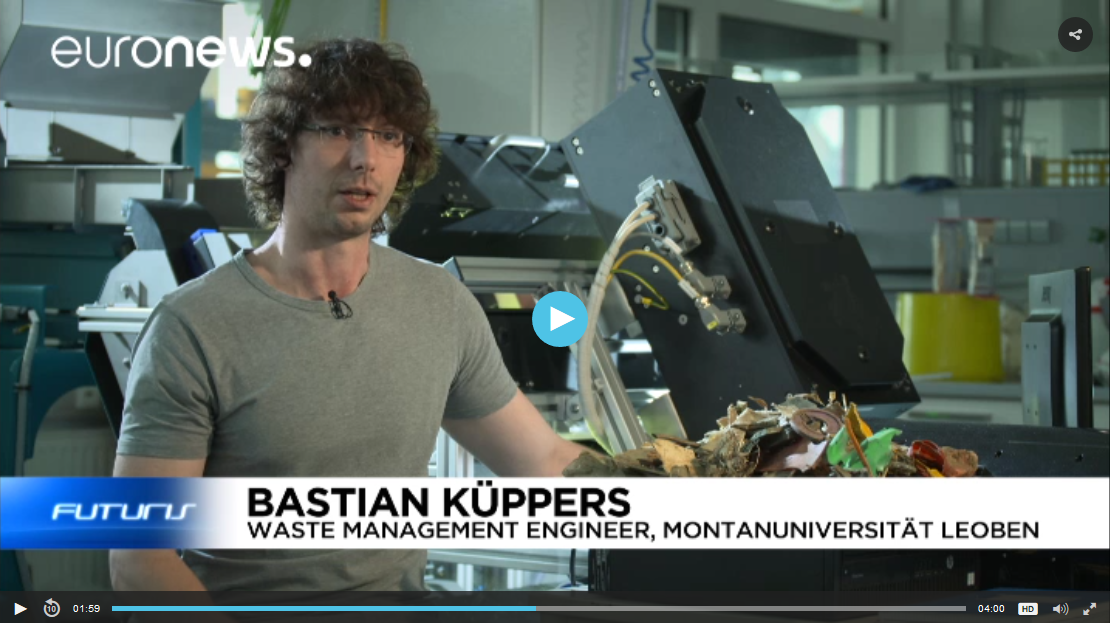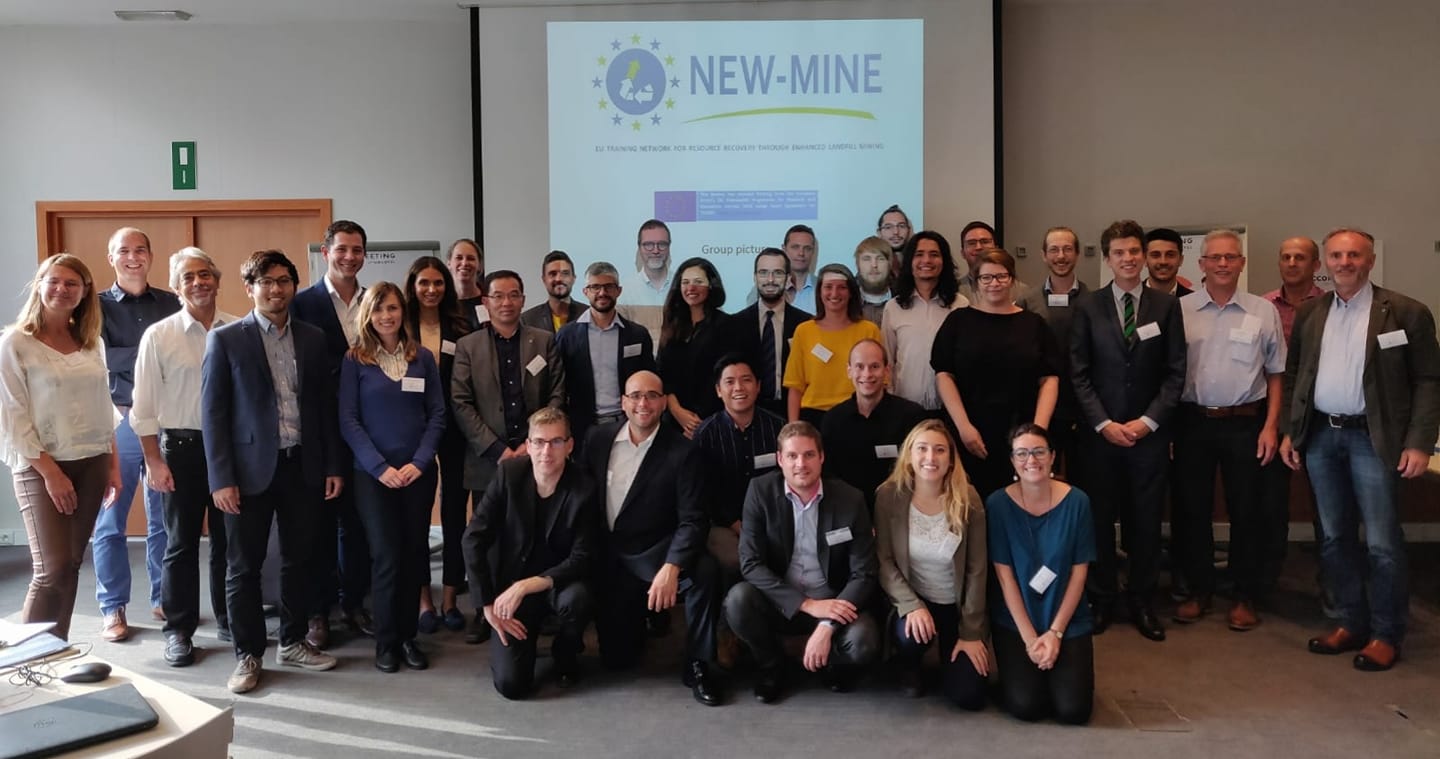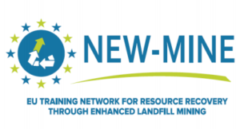To mine or not to mine our 500,000+ landfills in Europe… that was the question that 15 PhD students explored during the past 4 years within the Horizon 2020 MSCA European Training Network for Resource Recovery through Enhanced Landfill Mining (NEW-MINE). In this final Policy Brief, NEW-MINE project coordinator Peter Tom Jones (SIM² KU Leuven) addresses the role of climate change impacts on the stability and safety of landfills. He argues that climate change induced flooding necessitate ELFM-based solutions for more than 10,000 landfills in Europe.
As discussed in previous NEW-MINE Policy Briefs (e.g. Jones, Wille and Krook, 2018) Europe comprises more than 500,000 landfills and extractive waste deposits. The large majority of these sites are historical landfills or deposits, which – in many cases – pose a risk to human health and the environment with respect to liberation of pollutants (organic components, heavy metals and/or greenhouse gases) to the environment.
More than 10,000 landfills are in flood-prone areas
A particularly worrying and rather new risk originates from the effects of accelerating climate change, which is resulting in rising seawater levels, and an increase of flooding, erosion and heavy rainfalls.
Of the 500,000 landfills and extractive waste deposits in the EU, it is estimated that more than 10,000 sites are in areas already at risk of flooding (see Spencer, 2020). Clearly, a Do Nothing approach is not the best landfill management scenario for these sites.
NEW-MINE’s policy advice to the European Commission
Considering the dangers associated with a Do-Nothing scenario, the NEW-MINE team therefore urges the European Commission to facilitate the development of innovative, low-net-cost concepts that combine resource recovery – as proposed by the Enhanced Landfill Mining (ELFM) framework – with long term risk reduction posed by landfills/deposits at risk of flooding.
This type of remediation should go beyond traditional remediation measures, which are based on either “containment” of the problem or removal of the risk through mining the landfill/deposit and re-landfilling the excavated materials in a sanitary landfill. Such new concepts can be developed with financial support from the upcoming Horizon Europe Programme.
Such an endeavour should include the development of:
- an inventory of landfills and extractive waste deposits in the EU at risk of flooding, taking into account the presence of distinct landfill/deposit types (content, size), associated risks and diverse local legislation,
- a risk-based prioritisation scheme for treatment, taking into account various climate change scenarios,
- innovative methods for identification of landfills/deposits and risks (e.g. using satellite data),
- smart technologies with respect to the excavation and processing of the waste for recovery of land, energy, metals, minerals and other materials through mechanical, chemical, metallurgical and/or thermal processes, always considering the separation and sustainable disposal of contaminants, the maximum recovery of resources and energy and the minimisation of secondary landfilling.
Solutions should be benchmarked with traditional remediation strategies (e.g. excavate and re-landfill) from an economic/risk and environmental perspective.
Impact
Such a combined resource recovery & remediation “NEW-MINE” approach will significantly reduce the risks posed by flooding and erosion of landfills/deposits, and the related emissions of contaminants to the environment.
Likewise, the overall cost of remediation of these landfills/deposits can be drastically reduced, as the recovery of land, raw materials and energy provides revenues. Land use may involve novel solutions with respect to nature creation, tourism… or the use of land as flooding basins.
This approach also allows the sustainable and safe removal of contaminants from the circular economy, while yielding new jobs in the remediation and raw materials sector.
About ETN NEW-MINE




